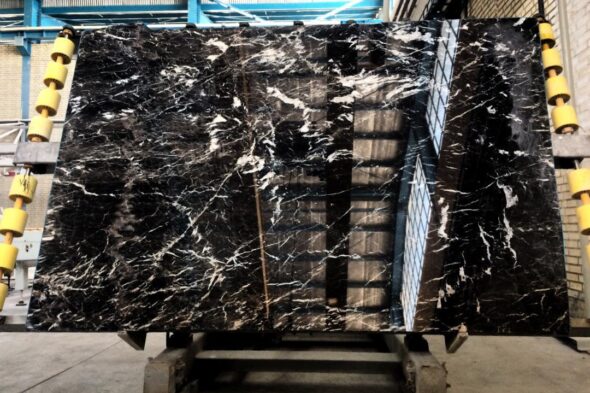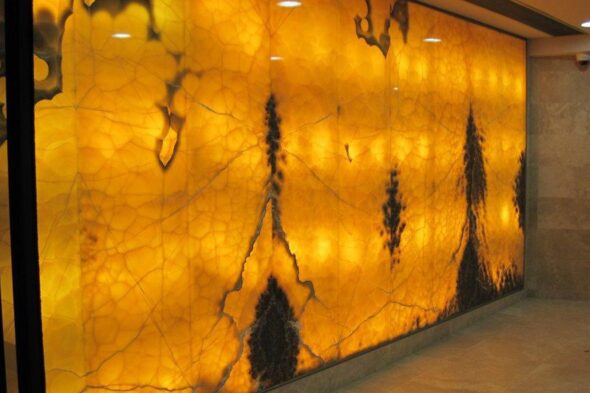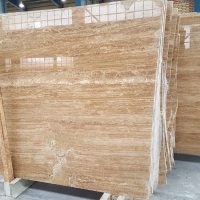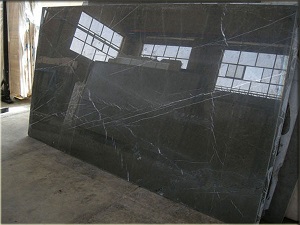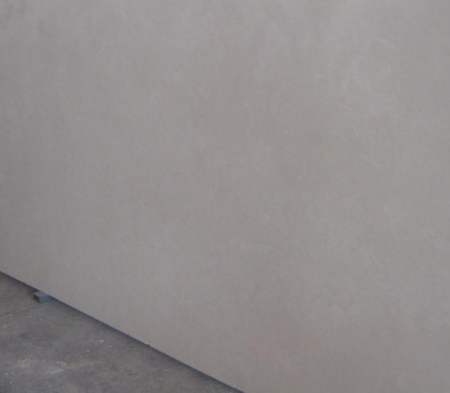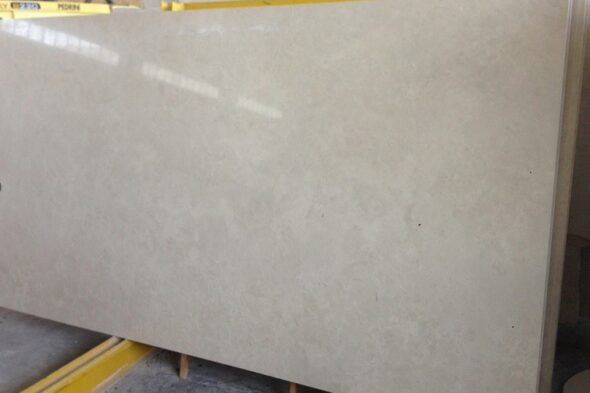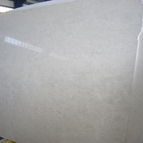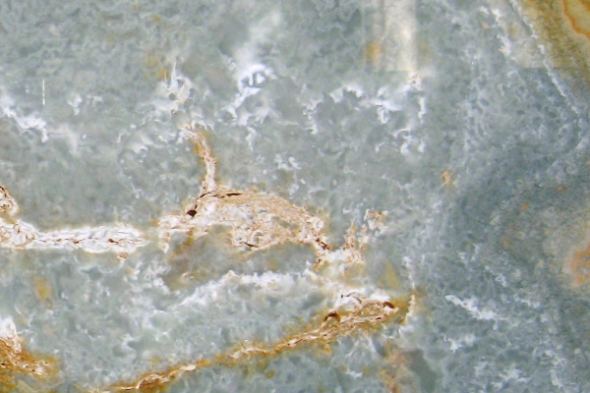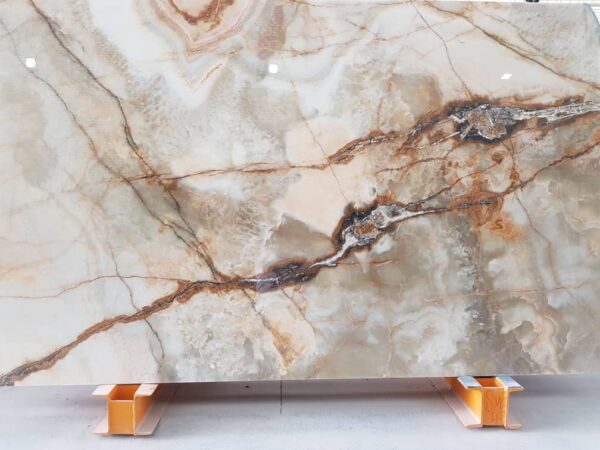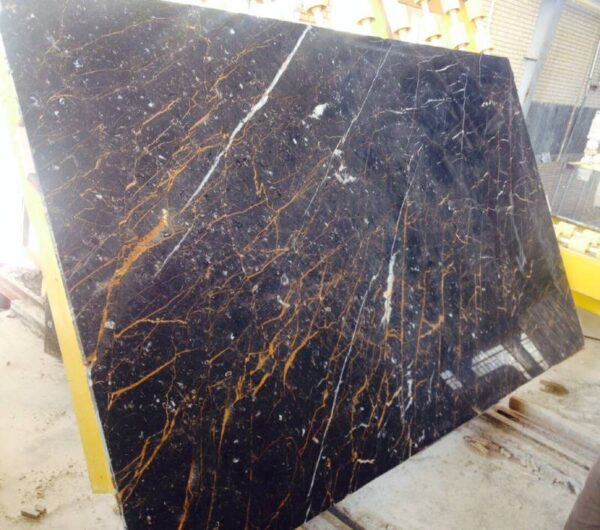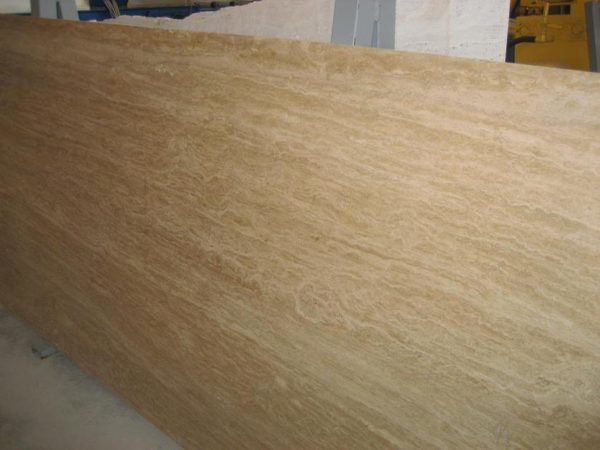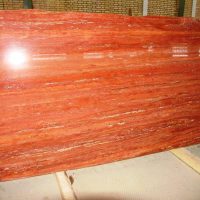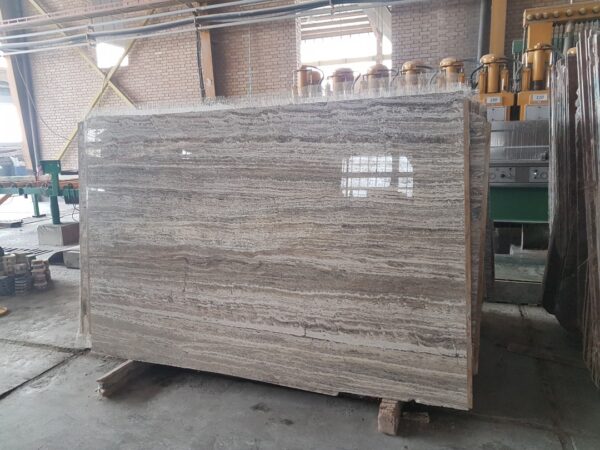Exploring Marble Floor Design: Elegance and Style for Your Space
Why Choose Marble for Your Flooring?
Marble has been a symbol of luxury and sophistication for centuries. Known for its stunning beauty, durability, and timeless appeal, marble flooring is a popular choice for homeowners, interior designers, and architects alike. Whether you’re renovating your home or designing a new space, incorporating marble floor design can elevate the aesthetic and value of any room.
In this guide, we’ll explore the benefits of marble flooring, the different design options available, and how to choose the perfect marble floor design for your space.
The Benefits of Marble Flooring
Durability and Longevity
Marble is not only visually appealing but also incredibly durable. It can withstand heavy foot traffic, making it ideal for high-use areas such as hallways, kitchens, and living rooms. When properly maintained, marble flooring can last a lifetime, providing a return on investment that other flooring materials may not offer.
Natural Beauty and Unique Patterns
One of the most significant advantages of marble flooring is its natural beauty. Each marble slab is unique, with its patterns, veining, and color variations. This uniqueness allows you to create a one-of-a-kind design that adds character and elegance to your space. Whether you prefer classic white marble with subtle veining or bold, colorful options, there’s a marble design to suit every taste.
Popular Marble Floor Designs
Classic White Marble Floors
White marble floors are a timeless choice that never goes out of style. They create a clean, bright, and spacious feel, making them perfect for smaller rooms or areas where you want to enhance natural light. Carrara, Calacatta, and Statuario are popular white marble options, each with its distinct veining and shades of white and gray.
Dramatic Black Marble Floors
For a bold and sophisticated look, black marble floors make a striking statement. Black marble, such as Nero Marquina or Black Marquina, features white or gold veining that contrasts beautifully with the dark background. This design choice is perfect for creating a dramatic focal point in modern, minimalist, or high-end luxury spaces.
Colorful Marble Floors
If you’re looking to add color and vibrancy to your flooring, consider using colorful marble. Options like green marble (Verde Alpi), red marble (Rosso Levanto), or blue marble (Azul Macaúbas) offer a range of hues that can complement your interior design. These marbles are perfect for creating a feature floor or adding an artistic touch to your space.
Designing Your Marble Floor
Choosing the Right Marble Type
Selecting the right type of marble for your floor design is crucial. Consider factors such as the room’s size, lighting, and overall design aesthetic. Light-colored marble can make a room appear larger and more open, while darker marbles add warmth and drama. Additionally, consider the maintenance requirements of the marble type you choose, as some may be more porous and require more care.
Incorporating Patterns and Layouts
The layout of your marble floor can significantly impact the overall design. Popular patterns include herringbone, chevron, and basketweave, each offering a different visual effect. You can also mix and match different marble types to create custom designs or use border tiles to frame the flooring and add depth to the room.
Maintaining Your Marble Floor
Maintaining your marble floor is essential to preserving its beauty and longevity. Regular cleaning with pH-neutral cleaners, sealing the marble to protect against stains, and promptly addressing spills can keep your marble floor looking pristine for years to come.

